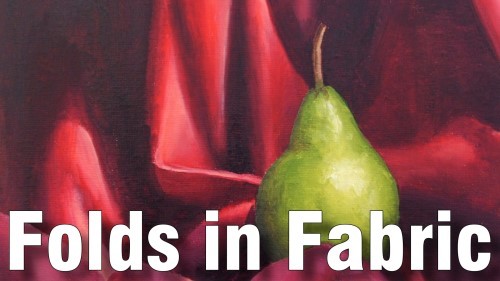Rule of Thirds – Composition

Skill Level : 1 Beginner
Medium : Acrylic Painting, All Mediums, Oil Painting, Pastel Painting, Pen and Ink Drawing, Pencil Drawing, Watercolour Painting
Subject : General
Tutor : Nolan Clark
Avg Rating : 
Silver Level or Higher Class
Class Description
In this comprehensive composition class you will learn:
1. What makes a good painting
2. Telling a story in your paintings
3. Primary and Secondary Focal points
4. How to create the illusion of depth in your paintings
5. Different techniques used to compose a painting so that the painting will be pleasing to look at.
6. How to keep the viewers eye in your painting
Latest Reviews


I sort of stumbled onto this class. I had just abandoned a painting of a hawk soaring over a meadow. I knew something was wrong, the painting wasn\'t going anywhere. This class told me why - I was violating a bunch of rules. Just having an interesting subject is not enough. This class shows what it takes to make a painting work. If I try the hawk painting again, I have a lot of work to do to make the composition work. Very helpful class.
Donald Pearson


A very comprehensive tutorial on Composition.
Loretta Hulley


Thank you for this tutorial. I am getting back into painting after a long time of not painting. Your tutorial reminded me of the early days and it was great to go back to basics again.
Julie Wolverson
You May Also Like |







